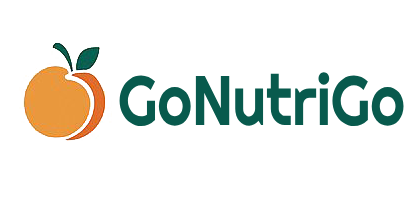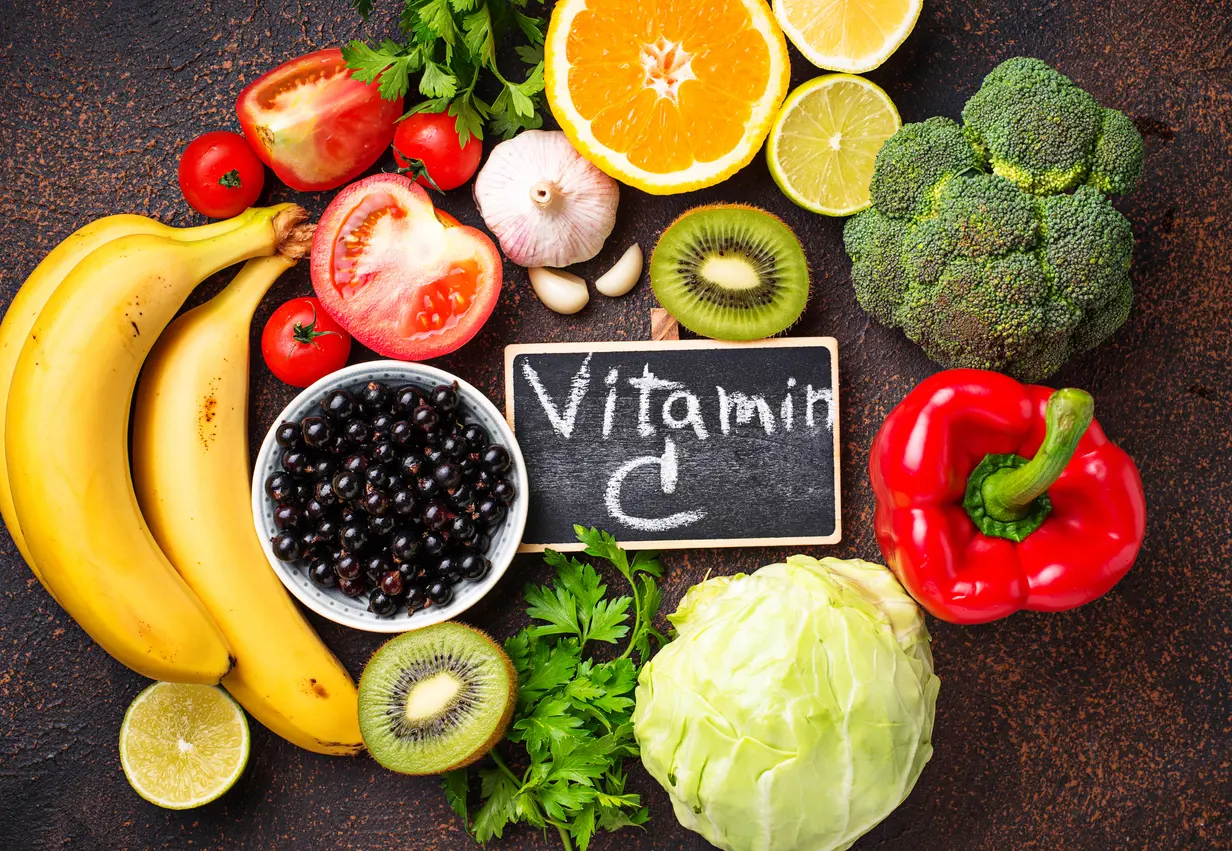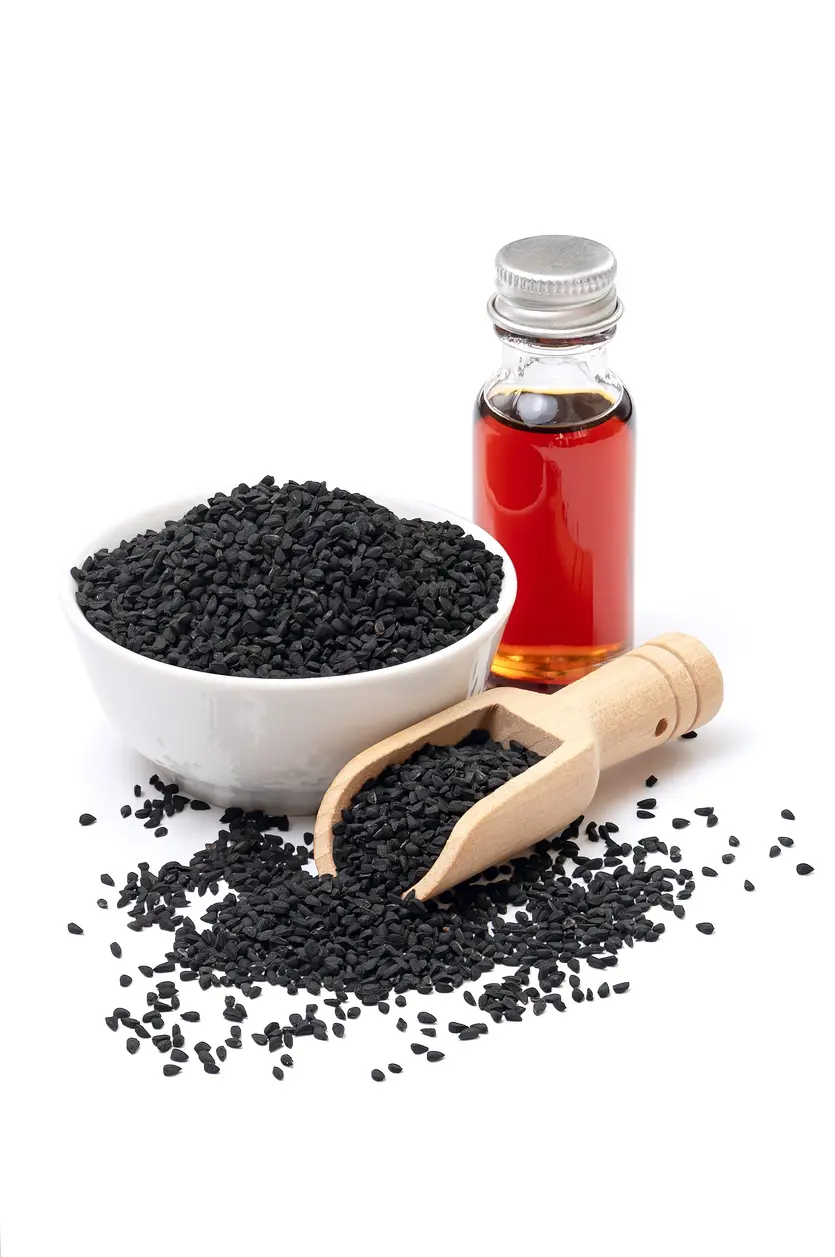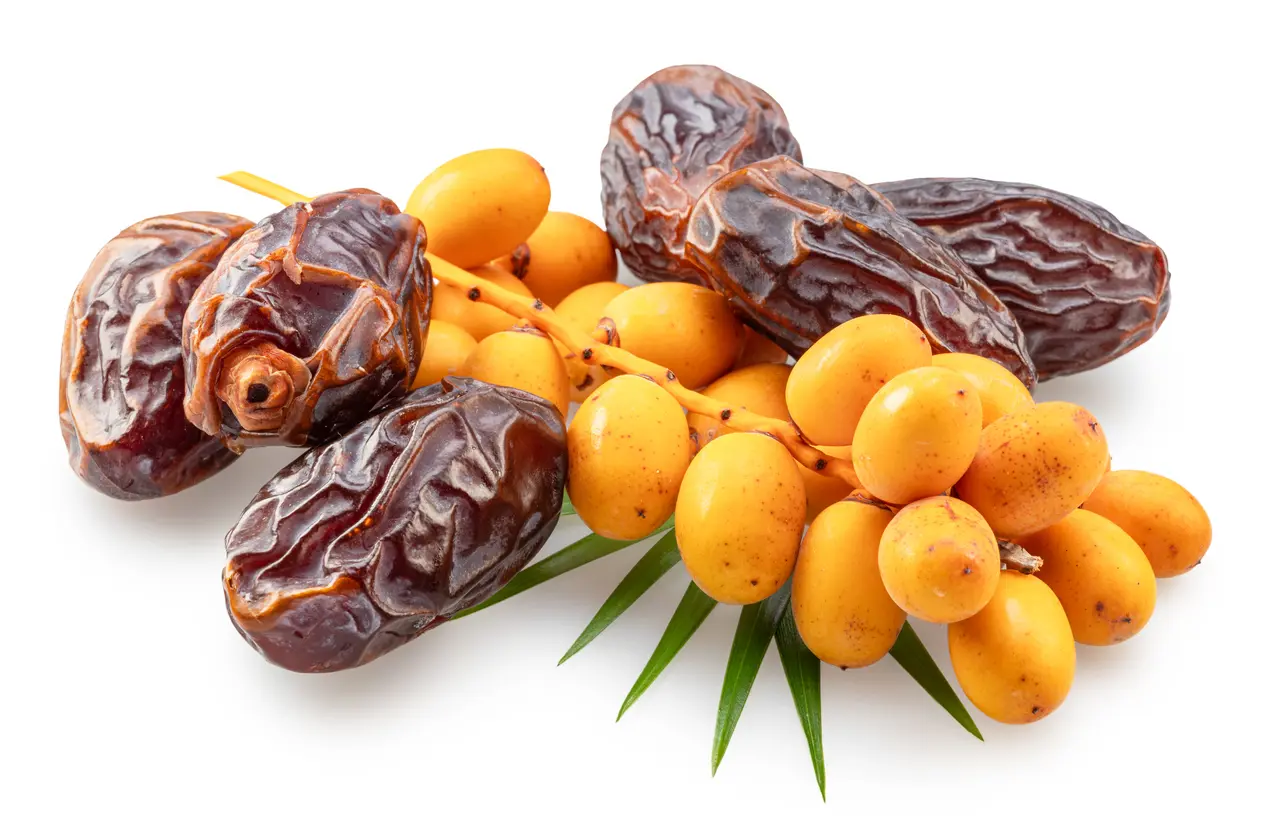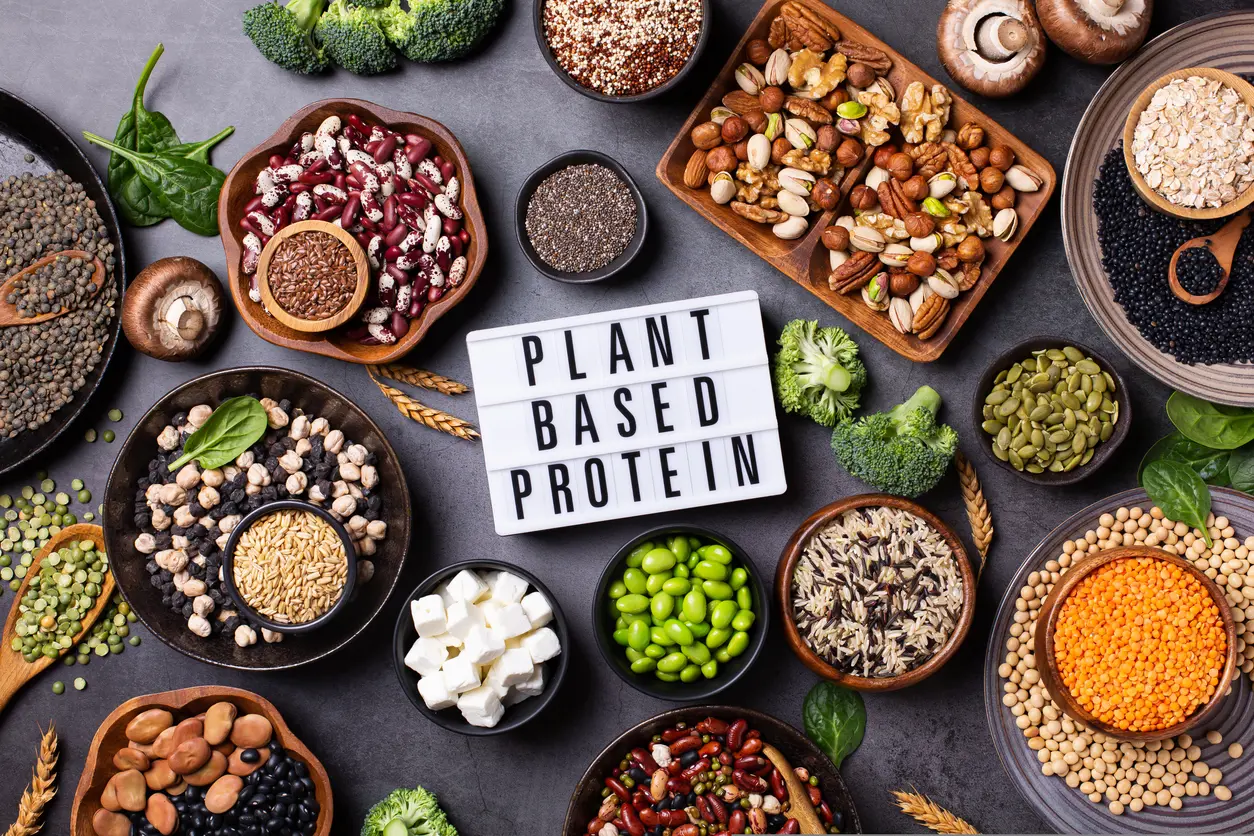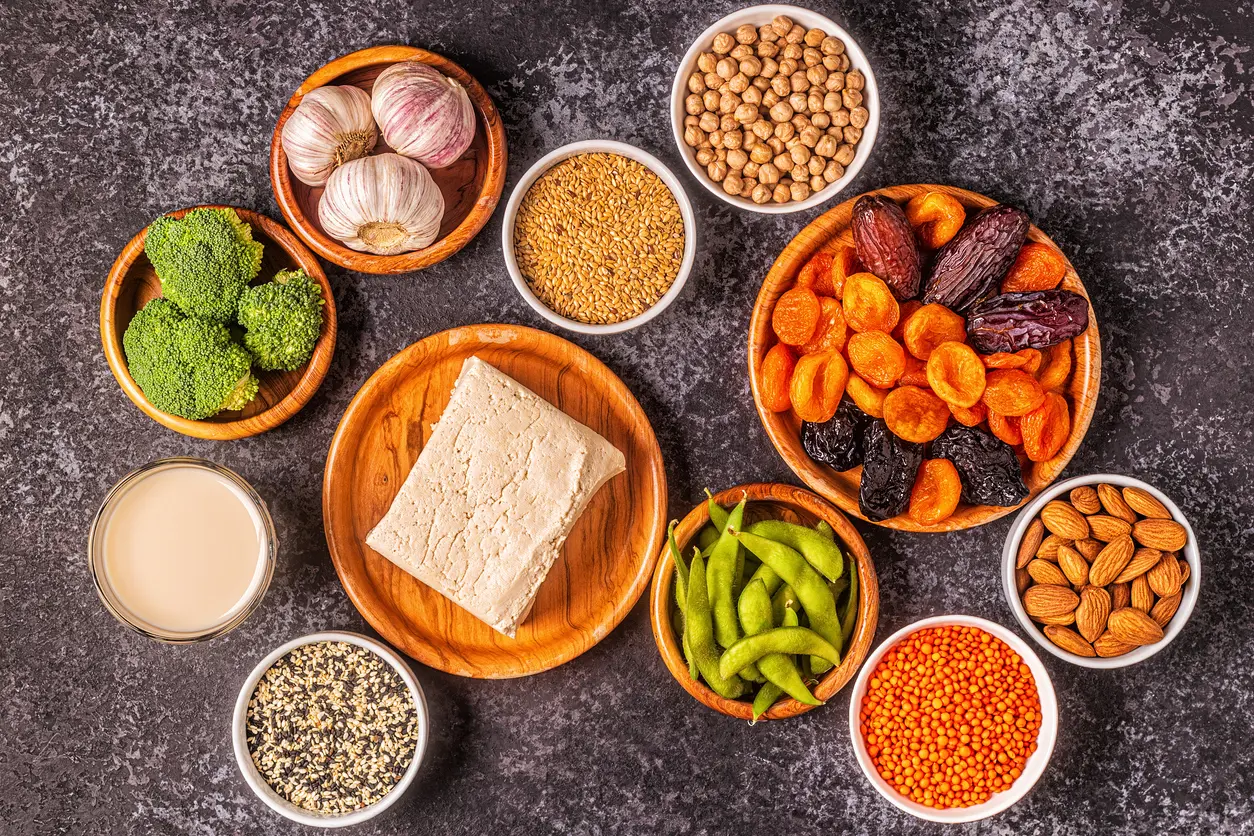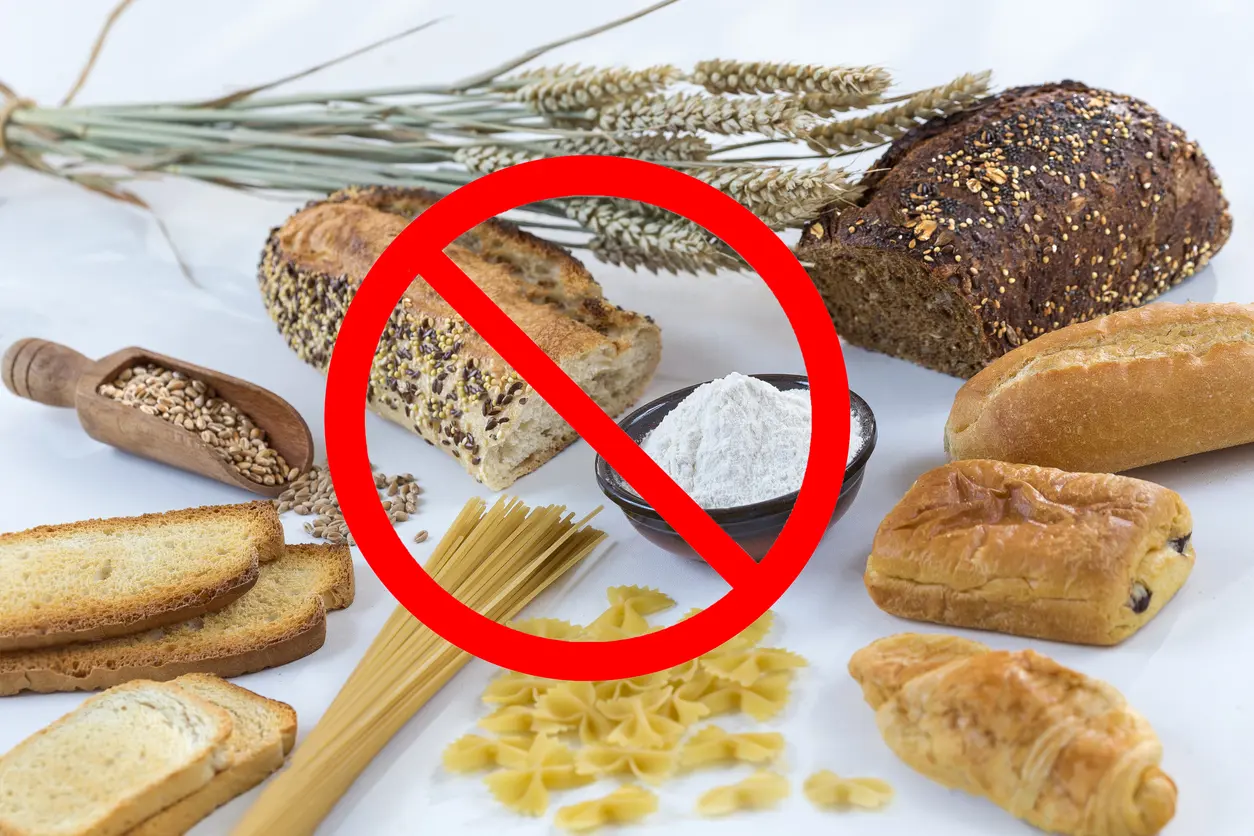20 Iodine Rich Foods To Include In Your Diet
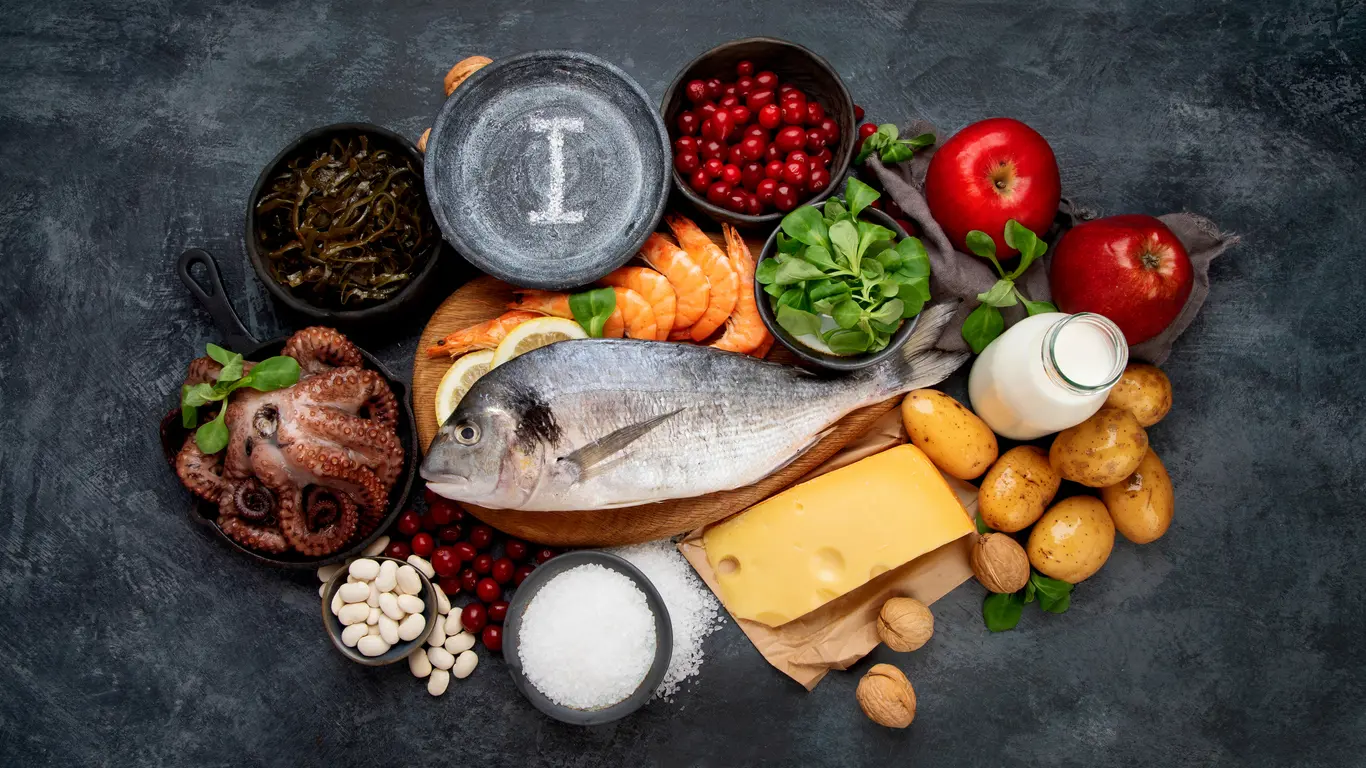
Iodine is a trace mineral your body needs to regulate metabolism, energy levels, growth, and brain development. Although we only need a trace amount in our diet, iodine plays a large role in keeping the body running smoothly. This is especially due to its influence on the thyroid, a small gland in your neck that affects nearly every system in your body. [1] National Institutes of Health. Office of Dietary Supplements - Iodine. Nih.gov. Published 2022.
When you don’t get enough iodine, it can lead to dysfunction in the thyroid gland, increasing the risk for goiter (an enlarged thyroid), fatigue, weight gain, and even developmental delays in children. While iodine deficiency is less common than it once was, it still affects nearly 2 billion people worldwide. [2] Biban BG, Lichiardopol C. Iodine Deficiency, Still a Global Problem?. Curr Health Sci J. 2017;43(2):103-111. doi:10.12865/CHSJ.43.02.01
Keep reading to learn 20 iodine-rich foods that can help support thyroid health and overall well-being.
Why Iodine Is Essential for Health
Iodine is an essential mineral the body needs to produce thyroid hormones, thyroxine (T4) and triiodothyronine (T3). These hormones play a vital role in supporting a healthy metabolism as well as in energy production, growth, and brain development. In addition, foods high in iodine support heart function, control muscle movement, and regulate body temperature. [3] Shahid MA, Ashraf MA, Sharma S. Physiology, Thyroid Hormone. [Updated 2023 Jun 5]. In: StatPearls [Internet]. Treasure Island (FL): StatPearls Publishing; 2025 Jan-.
The Recommended Dietary Allowance (RDA) for most adults is 150 micrograms (mcg) of iodine per day, according to the National Institute of Health (NIH). During pregnancy and breastfeeding, iodine needs rise to 220 mcg and 290 mcg daily to support the baby’s brain development and the mother’s increased hormone production. [1] National Institutes of Health. Office of Dietary Supplements - Iodine. Nih.gov. Published 2022.
Despite efforts to boost global iodine intake, such as the creation of iodized salt, iodine deficiency remains a widespread problem. Pregnant women and young children are most at risk, with nearly 19 million babies born each year vulnerable to cognitive delays due to insufficient maternal iodine. [2] Biban BG, Lichiardopol C. Iodine Deficiency, Still a Global Problem?. Curr Health Sci J. 2017;43(2):103-111. doi:10.12865/CHSJ.43.02.01
What Foods are High in Iodine?
Fortunately, there are several natural iodine food sources to get in your daily dose for optimal health. Iodine is most prevalent in animal foods, such as seafood and dairy, but can also be found in vegan-based foods like seaweed, beans, and vegetables, and is added to others, including iodized table salt and bread.
1. Haddock
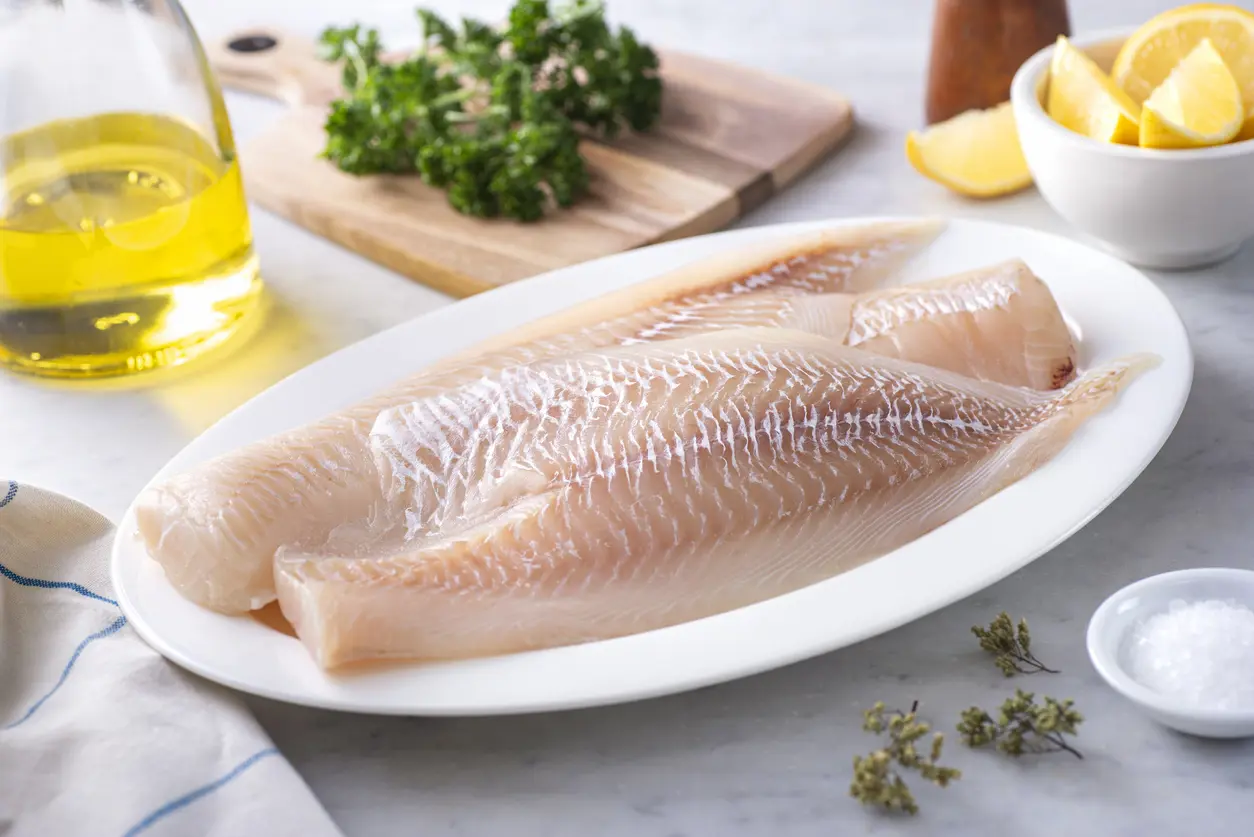
Iodine content: 139-315 mcg in 100 g [4] Pehrsson PR, Patterson KY, Spungen JH, et al. Iodine in food- and dietary supplement-composition databases. Am J Clin Nutr. 2016;104 Suppl 3(Suppl 3):868S-76S. doi:10.3945/ajcn.115.110064
One of the richest sources of iodine, haddock is also an excellent source of protein, B vitamins, and essential minerals like selenium. Bake, poach, or grill with a drizzle of olive oil, garlic, lemon, or with your favorite hot sauce on the side.
2. Enriched bread
Iodine content: 28-290 mcg in 2 slices [1] National Institutes of Health. Office of Dietary Supplements - Iodine. Nih.gov. Published 2022.
Many breads are fortified with iodine, an easy and convenient way to bump up your intake. These enriched breads can contain anywhere from 28-290 mcg of iodine in just two slices, potentially meeting 100% of the RDA for iodine. [1] National Institutes of Health. Office of Dietary Supplements - Iodine. Nih.gov. Published 2022.
Search for iodine-containing bread at your local grocer, and incorporate it into your breakfast as toast or into a sandwich.
3. Lobster
Iodine content: 141-229 mcg per 100 g [4] Pehrsson PR, Patterson KY, Spungen JH, et al. Iodine in food- and dietary supplement-composition databases. Am J Clin Nutr. 2016;104 Suppl 3(Suppl 3):868S-76S. doi:10.3945/ajcn.115.110064
In addition to being incredibly decadent, lobster is a good source of omega-3 fats, protein, B vitamins, and minerals. Toss pre-cooked lobster meat into a salad, pasta, or a simple lobster roll with a touch of lemon and mayo.
4. Cod
Iodine content: 146 mcg in 3 ounces (oz) [1] National Institutes of Health. Office of Dietary Supplements - Iodine. Nih.gov. Published 2022.
Cod is one of the best naturally rich iodine foods, containing 97% of the RDA for iodine in just 3 ounces, and is a low-fat protein to support muscle growth [1] National Institutes of Health. Office of Dietary Supplements - Iodine. Nih.gov. Published 2022. . Enjoy cod baked, grilled, poached, or roasted with a drizzle of olive oil, salt and pepper, and some freshly chopped garlic.
5. Seaweed

Iodine content: 116 mcg in 2 tbsp dried nori [1] National Institutes of Health. Office of Dietary Supplements - Iodine. Nih.gov. Published 2022.
A single sheet of seaweed varieties, such as nori, kelp, and wakame, can provide anywhere from 11% to 1,989% of the RDA. For example, two tablespoons of dried nori provide 116 mcg of iodine, 77% of the RDA, and are naturally low in calories. [1] National Institutes of Health. Office of Dietary Supplements - Iodine. Nih.gov. Published 2022.
Seaweed is easy to incorporate into your existing routine. You can add dried nori flakes to rice bowls or pack dried seaweed snacks for a low-calorie, mineral-rich crunch snack.
6. Oysters
Iodine content: 93 mcg in 3 oz [1] National Institutes of Health. Office of Dietary Supplements - Iodine. Nih.gov. Published 2022.
Similar to other seafood options, oysters are one of the highest natural iodine food choices. Oysters are also a low-calorie, low-cholesterol protein and an excellent source of zinc, which strengthens the immune system. [6] Ulagesan S, Krishnan S, Nam TJ, Choi YH. A Review of Bioactive Compounds in Oyster Shell and Tissues. Front Bioeng Biotechnol. 2022;10:913839. Published 2022 Jun 6. doi:10.3389/fbioe.2022.913839
Enjoy them raw on the half shell with lemon, or try them grilled, baked, or added to stews.
7. Dairy Products (Milk, yogurt, cheese)
Iodine content: 14-87 mcg depending on specific dairy source [1] National Institutes of Health. Office of Dietary Supplements - Iodine. Nih.gov. Published 2022.
Dairy products like milk, yogurt, and cheddar cheese are other foods with iodine, as iodine is added to animal feed and sanitizing agents. Include milk in your cereal and oatmeal, enjoy yogurt as a snack or breakfast parfait, or add a slice of cheddar cheese to an omelet.
8. Iodized Salt
Iodine content: 1/4 teaspoon contains about 78 mcg per ¼ teaspoon [1] National Institutes of Health. Office of Dietary Supplements - Iodine. Nih.gov. Published 2022.
Perhaps one of the most convenient ways to obtain iodine in the diet is through iodine-fortified table salt. Iodine-fortified salt became widespread in the United States in the early 1920s; however, iodization of salt is still not entirely universal throughout the U.S. [7] Leung AM, Braverman LE, Pearce EN. History of U.S. iodine fortification and supplementation [published correction appears in Nutrients. 2017 Sep 05;9(9):E976. doi: 10.3390/nu9090976.]. Nutrients. 2012;4(11):1740-1746. Published 2012 Nov 13. doi:10.3390/nu4111740
Look for iodized salt at the grocery store and use this to season your food, in moderation, to stay within the daily limit of 2,300 mg. [5] Mente A, O'Donnell M, Yusuf S. Sodium Intake and Health: What Should We Recommend Based on the Current Evidence?. Nutrients. 2021;13(9):3232. Published 2021 Sep 16. doi:10.3390/nu13093232
9. Clams
Iodine content: 57-77 mcg in 100 g [4] Pehrsson PR, Patterson KY, Spungen JH, et al. Iodine in food- and dietary supplement-composition databases. Am J Clin Nutr. 2016;104 Suppl 3(Suppl 3):868S-76S. doi:10.3945/ajcn.115.110064
Clams are a great source of vitamins, zinc, protein, and omega-3 fats. These essential fats are anti-inflammatory and may promote brain health, while also reducing triglycerides, which are harmful fats linked to an increased risk of chronic disease. [8] Cleveland Clinic. Omega-3 Fatty Acids. Cleveland Clinic. Published November 17, 2022. https://my.clevelandclinic.org/health/articles/17290-omega-3-fatty-acids
Add clams to pasta, soups, or chowders for a savory, nutrient-rich boost to your meals.
10. Pollock
Iodine content: 35-53 mcg per 100 g [4] Pehrsson PR, Patterson KY, Spungen JH, et al. Iodine in food- and dietary supplement-composition databases. Am J Clin Nutr. 2016;104 Suppl 3(Suppl 3):868S-76S. doi:10.3945/ajcn.115.110064
Pollock is a good source of lean protein, essential fats, and vital nutrients like selenium and phosphorus. Enjoy by baking or pan-searing it with light seasoning, or using it in fish tacos for a lean and versatile protein option.
11. Crab
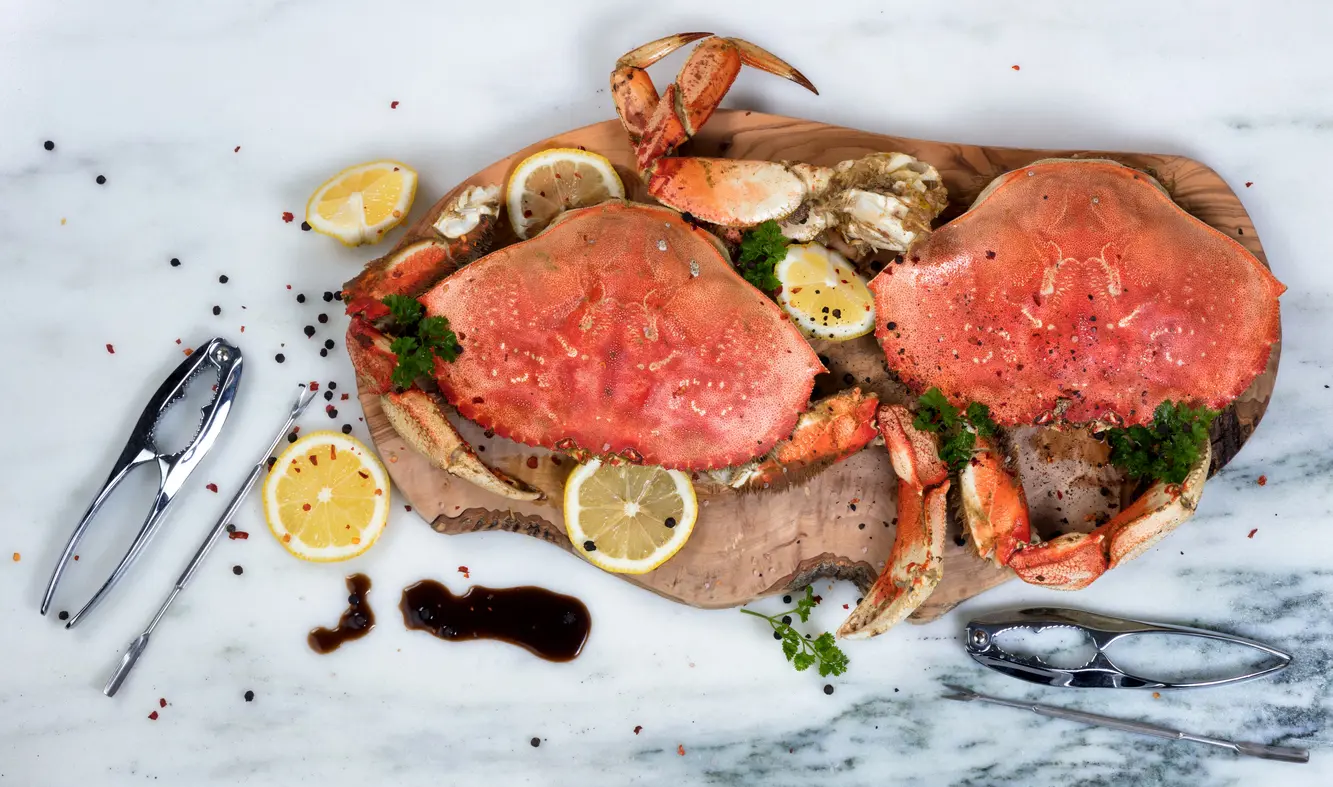
Iodine content: 44.5 mcg in 100 g [9] Food Search | USDA FoodData Central. Usda.gov. Published 2025. Accessed June 12, 2025. https://fdc.nal.usda.gov/food-search?component=1100
In addition to containing close to 30% of the RDA for iodine, crabmeat is also a good source of protein and omega-3 anti-inflammatory fats, which promote brain health and may reduce triglyceride—harmful fats linked to increased chronic disease risk. [8] Cleveland Clinic. Omega-3 Fatty Acids. Cleveland Clinic. Published November 17, 2022. https://my.clevelandclinic.org/health/articles/17290-omega-3-fatty-acids Add to salads, pasta dishes, or homemade crab cakes.
12. Turkey Breast
Iodine content: 34 mcg in 3 oz [10] Foods High in Iodine. myfooddata.
Turkey breast is also a lean source of dietary protein, supplying selenium and B vitamins that support immune and metabolic health. Add to a wrap for a quick lunch or enjoy ground turkey in tacos or chili.
13. Eggs
Iodine content: 31 mcg in one large egg [1] National Institutes of Health. Office of Dietary Supplements - Iodine. Nih.gov. Published 2022.
Eggs also provide high-quality protein as well as choline, an essential nutrient that supports brain development and liver health. Scramble them, whip up a veggie-packed frittata, or hard-boil a batch for quick weekday breakfasts.
14. Enriched pasta
Iodine content: 30 mcg in 1 cup [1] National Institutes of Health. Office of Dietary Supplements - Iodine. Nih.gov. Published 2022.
In addition to iodine, enriched pasta is fortified with other essential vitamins and minerals like iron, folic acid, and B vitamins for energy production and overall health. Use as a base for pasta salad, mix into a nutrient-rich tomato sauce, or have on the side of your favorite chicken or shrimp dish.
15. Swordfish
Iodine content: 16-24 mcg in 100 g [4] Pehrsson PR, Patterson KY, Spungen JH, et al. Iodine in food- and dietary supplement-composition databases. Am J Clin Nutr. 2016;104 Suppl 3(Suppl 3):868S-76S. doi:10.3945/ajcn.115.110064
Swordfish is an excellent source of protein, healthy fats, and vitamin D for immunity. Enjoy grilled or broiled with a squeeze of lemon and your favorite herbs. Note: Swordfish is one of the highest mercury fish, and should be limited in those who are pregnant.
16. Salmon
Iodine content: 11-17 mcg in 100 g [4] Pehrsson PR, Patterson KY, Spungen JH, et al. Iodine in food- and dietary supplement-composition databases. Am J Clin Nutr. 2016;104 Suppl 3(Suppl 3):868S-76S. doi:10.3945/ajcn.115.110064
Salmon is packed with omega-3 fatty acids and is considered a lean protein source for health. Try grilled or baked with olive oil, lemon, and herbs, served with brown rice and sautéed spinach, or flaked over a mixed green salad.
17. Liver
Iodine content: 14 mcg in 3 oz [1] National Institutes of Health. Office of Dietary Supplements - Iodine. Nih.gov. Published 2022.
While it may not be everyone’s favorite, liver is a nutrient-dense food to consider. Not only is it rich in iodine, but it also contains iron and vitamin B12, two key nutrients in preventing anemia.
Liver might seem off-putting to some, but the secret lies in how it's prepared. Try pan-searing beef liver with onions and herbs, or mix it into ground meat dishes like meatballs for a nutritious upgrade.
18. Shrimp
Iodine content: 13 mcg per 3-ounce serving [1] National Institutes of Health. Office of Dietary Supplements - Iodine. Nih.gov. Published 2022.
Shrimp is a versatile protein that contains close to 10% of the RDA for iodine in just 3 ounces. [1] National Institutes of Health. Office of Dietary Supplements - Iodine. Nih.gov. Published 2022. Not only is shrimp a lean protein that is easy to cook, but it is also naturally low in calories and fat for those trying to watch their calorie intake. Add to a stir-fry, a whole-wheat quesadilla, or simply sauté in olive oil and add to your favorite green salad.
19. Tuna
Iodine content: 7 mcg per 3-ounce serving [1] National Institutes of Health. Office of Dietary Supplements - Iodine. Nih.gov. Published 2022.
A low-fat, low-calorie protein source containing iodine as well as vitamin D and selenium for thyroid support. Add to a salad, spread on whole wheat crackers, or wrap it up for a quick and satisfying meal or snack. Opt for light canned tuna versus albacore if you need to watch your mercury intake.
20. Spinach
Iodine content: 6.1 mcg in 100 g [9] Food Search | USDA FoodData Central. Usda.gov. Published 2025. Accessed June 12, 2025. https://fdc.nal.usda.gov/food-search?component=1100
Spinach is a highly nutritious vegetable that contains essential minerals, including iron, folate, and magnesium. Sneak into an omelet, sauté with garlic for a quick side, or fold into your favorite pasta dish for a mineral-rich boost.
How to Incorporate Iodine-Rich Foods into Your Diet
There are several easy ways to add more iodine to your daily diet.
Include a variety of iodine-rich foods in your diet:
Enjoy spinach as a staple vegetable, include different types of grilled or baked fish and seafood multiple times a week, and regularly consume eggs for breakfast or a late-afternoon snack.
Use iodized salt when cooking:
One of the easiest ways to increase iodine intake is by using iodized salt in food preparation, during cooking, or for seasoning at the table. If you need to watch your sodium intake, it’s recommended to use salt sparingly, and in this case, additional iodine-rich foods or a supplement may be needed to meet your needs.
For vegetarians and vegans:
Make sure seaweed is a regular part of your diet, as it is the most iodine-rich plant source. If you don’t eat large amounts of iodine rich foods regularly, it may be best to consider a multivitamin supplement that contains iodine, or a single iodine supplement that contains close to 100% of the daily value for iodine for added peace of mind.
Risks of Iodine Deficiency and Excess
Here are the most common signs and symptoms of both iodine deficiency and excess.
Iodine Deficiency Signs
Goiter:
This is a lump or swelling at the base of the neck where the thyroid is located. Larger goiters can cause symptoms such as difficulty swallowing, coughing, hoarseness in the voice, and breathing problems. [11] Can AS, Rehman A. Goiter. [Updated 2023 Aug 14]. In: StatPearls [Internet]. Treasure Island (FL): StatPearls Publishing; 2025 Jan-.
Fatigue:
Iodine is essential for the production of thyroid hormones, which play a role in energy production. In the case of hypothyroidism, thyroid levels are reduced as a result of iodine deficiency, which is linked to fatigue and weakness. [12] Zhang L, Shang F, Liu C, Zhai X. The correlation between iodine and metabolism: a review. Front Nutr. 2024;11:1346452. Published 2024 Mar 19. doi:10.3389/fnut.2024.1346452
Weight gain:
Due to its impact on glucose (e.g., sugar) and fat metabolism, iodine deficiency can also contribute to unintentional weight gain and an increased risk of obesity. [12] Zhang L, Shang F, Liu C, Zhai X. The correlation between iodine and metabolism: a review. Front Nutr. 2024;11:1346452. Published 2024 Mar 19. doi:10.3389/fnut.2024.1346452
Iodine Excess Signs
Thyroid dysfunction can also occur as a result of excess iodine intake. Symptoms of iodine excess can range from mild to severe and include: [13] Southern AP, Anastasopoulou C, Jwayyed S. Iodine Toxicity. [Updated 2024 May 2]. In: StatPearls [Internet]. Treasure Island (FL): StatPearls Publishing; 2025 Jan-.
- Nausea
- Vomiting
- Diarrhea
- Confusion
- Delirium
- Lethargy
- Thyroiditis (inflammation of the thyroid)
- Shock
The more severe symptoms are rare, but have occurred in isolated cases. If you have any of these symptoms, speak to your doctor to be evaluated and to have your bloodwork checked.
Special Considerations
Certain populations may need more or less iodine and, therefore, may need to be more mindful of their iodine intake.
These include pregnant and breastfeeding women, who have higher iodine needs to support fetal and infant brain development. [14] Rodriguez-Diaz E, Pearce EN. Iodine status and supplementation before, during, and after pregnancy. Best Practice & Research Clinical Endocrinology & Metabolism. 2020;34(4):101430. doi:https://doi.org/10.1016/j.beem.2020.101430 If you are in this stage of life, taking a prenatal multivitamin containing iodine can be beneficial to fill in any gaps in the diet.
Additionally, individuals with thyroid conditions may be more sensitive to iodine intake. In this case, consult with your healthcare provider on optimal iodine intake, as both too much and too little can affect thyroid function.
No matter what, it’s always important to consume a variety of foods to support adequate iodine intake and include supplements as needed.
Conclusion
Iodine is a small but mighty nutrient essential for thyroid function, metabolism, and brain development. From seafood and dairy to enriched grains and seaweed, a wide range of iodine-rich options can help meet your needs at every life stage. It’s essential to evaluate your current intake to ensure optimal health and consult with a trusted healthcare provider for personalized guidance.
Was this article helpful?
-
National Institutes of Health. Office of Dietary Supplements - Iodine. Nih.gov. Published 2022. ;
https://ods.od.nih.gov/factsheets/Iodine-HealthProfessional/ -
Iodine Deficiency, Still a Global Problem?. Curr Health Sci J. 2017;43(2):103-111. doi:10.12865/CHSJ.43.02.01; Biban BG, Lichiardopol C. ;
https://pubmed.ncbi.nlm.nih.gov/30595864/ -
Physiology, Thyroid Hormone. [Updated 2023 Jun 5]. In: StatPearls [Internet]. Treasure Island (FL): StatPearls Publishing; 2025 Jan-. ; Shahid MA, Ashraf MA, Sharma S.;
https://www.ncbi.nlm.nih.gov/books/NBK500006/ -
Iodine in food- and dietary supplement-composition databases. Am J Clin Nutr. 2016;104 Suppl 3(Suppl 3):868S-76S. doi:10.3945/ajcn.115.110064 ; Pehrsson PR, Patterson KY, Spungen JH, et al.;
https://pubmed.ncbi.nlm.nih.gov/27534627/ -
Sodium Intake and Health: What Should We Recommend Based on the Current Evidence?. Nutrients. 2021;13(9):3232. Published 2021 Sep 16. doi:10.3390/nu13093232; Mente A, O'Donnell M, Yusuf S. ;
https://pmc.ncbi.nlm.nih.gov/articles/PMC8468043/ -
A Review of Bioactive Compounds in Oyster Shell and Tissues. Front Bioeng Biotechnol. 2022;10:913839. Published 2022 Jun 6. doi:10.3389/fbioe.2022.913839; Ulagesan S, Krishnan S, Nam TJ, Choi YH. ;
https://pubmed.ncbi.nlm.nih.gov/35733526/ -
History of U.S. iodine fortification and supplementation [published correction appears in Nutrients. 2017 Sep 05;9(9):E976. doi: 10.3390/nu9090976.]. Nutrients. 2012;4(11):1740-1746. Published 2012 Nov 13. doi:10.3390/nu4111740; Leung AM, Braverman LE, Pearce EN. ;
https://pubmed.ncbi.nlm.nih.gov/23201844/ -
Omega-3 Fatty Acids. Cleveland Clinic. Published November 17, 2022. https://my.clevelandclinic.org/health/articles/17290-omega-3-fatty-acids; Cleveland Clinic.;
https://my.clevelandclinic.org/health/articles/17290-omega-3-fatty-acids -
Food Search | USDA FoodData Central. Usda.gov. Published 2025. Accessed June 12, 2025. https://fdc.nal.usda.gov/food-search?component=1100;
https://fdc.nal.usda.gov/ -
Foods High in Iodine. myfooddata. ;
https://www.myfooddata.com/articles/natural-foods-high-in-iodine.php -
Goiter. [Updated 2023 Aug 14]. In: StatPearls [Internet]. Treasure Island (FL): StatPearls Publishing; 2025 Jan-. ; Can AS, Rehman A. ;
https://www.ncbi.nlm.nih.gov/books/NBK562161/ -
The correlation between iodine and metabolism: a review. Front Nutr. 2024;11:1346452. Published 2024 Mar 19. doi:10.3389/fnut.2024.1346452; Zhang L, Shang F, Liu C, Zhai X. ;
https://www.frontiersin.org/journals/nutrition/articles/10.3389/fnut.2024.1346452/full -
Iodine Toxicity. [Updated 2024 May 2]. In: StatPearls [Internet]. Treasure Island (FL): StatPearls Publishing; 2025 Jan-.; Southern AP, Anastasopoulou C, Jwayyed S. ;
https://www.ncbi.nlm.nih.gov/books/NBK560770/ -
Iodine status and supplementation before, during, and after pregnancy. Best Practice & Research Clinical Endocrinology & Metabolism. 2020;34(4):101430. doi:https://doi.org/10.1016/j.beem.2020.101430; Rodriguez-Diaz E, Pearce EN. ;
https://pubmed.ncbi.nlm.nih.gov/32792134/

